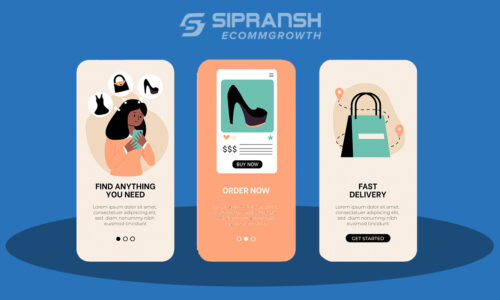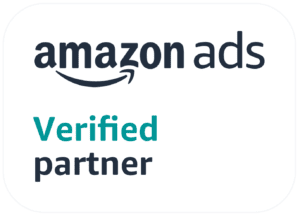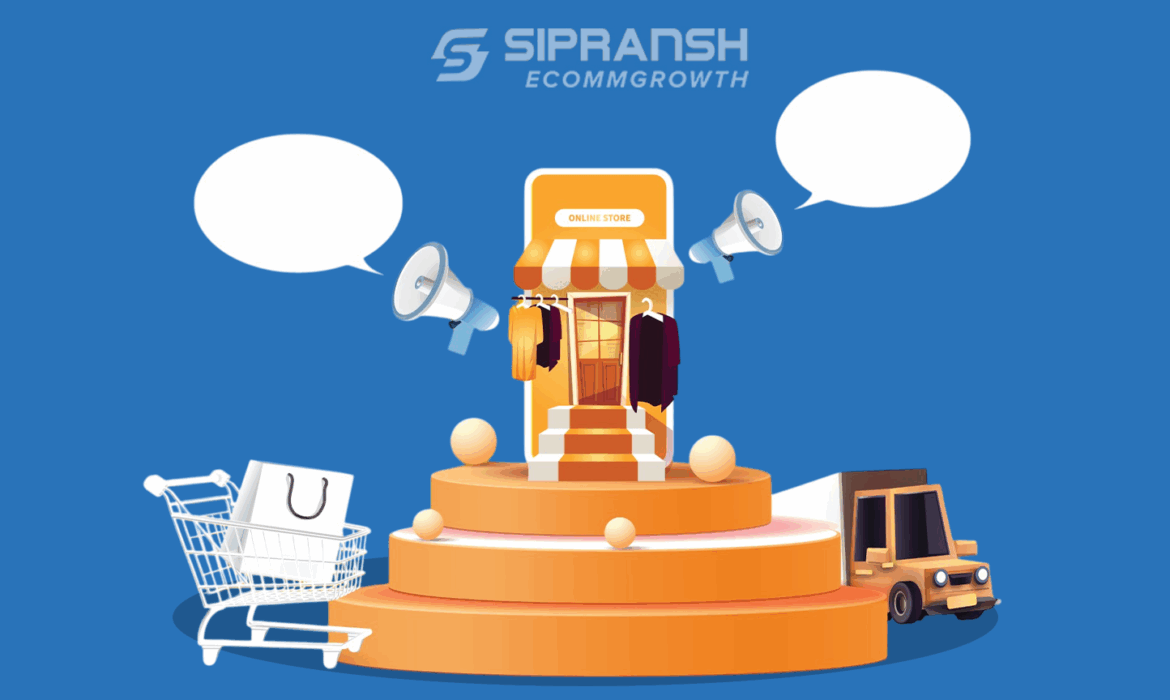
On August 16th, 2023, Amazon announced a significant development in its advertising platform’s evolution by expanding Sponsored Products’ reach beyond Amazon’s own site. This new initiative allows sellers to promote their listings through Sponsored Products ads on external websites, including well-known platforms like Pinterest and BuzzFeed.
This strategic expansion marks a major step forward for Amazon sellers, opening up fresh opportunities to connect with potential buyers where they already spend time online. By extending Sponsored Products beyond the traditional Amazon environment, sellers can now amplify their brand visibility, attract more traffic, and drive sales from audiences outside of Amazon’s marketplace, all while leveraging the power of Amazon’s data-driven ad technology.
What difference does it make?
The expansion of Amazon Sponsored Product ads to third-party websites like Pinterest and BuzzFeed makes a significant difference for sellers and Amazon PPC experts in several key ways:
1. Broader Audience Reach: Sellers can now showcase their products to the extensive user bases of high-traffic third-party websites, connecting with shoppers who may not be actively browsing on Amazon. This broader reach creates new pathways for increased visibility and engagement.
2. Multi-Channel Advertising Strategy: Sellers can now branch out and leverage external platforms instead of relying solely on Amazon’s internal advertising network. This diversification helps reduce dependency on a single channel and strengthens overall marketing resilience.
3. Greater Brand Exposure: By placing their products on well-known and credible websites outside of Amazon, sellers can elevate brand awareness. This extended visibility not only strengthens brand identity but also builds trust with potential customers who encounter the products in familiar digital environments.
4. Targeting New Audience Segments: Third-party platforms attract users with varied interests and demographics. Sellers can refine their targeting strategies to engage specific audience groups across these external sites, helping to expand their reach into new customer segments.
5. Staying Ahead of Competitors: Adopting this new advertising capability gives sellers an edge by allowing them to connect with consumers in places their competitors may not yet be advertising. It provides an opportunity to lead in a continuously evolving digital marketplace.
6. Opportunities for Increased Sales: With product ads now visible on platforms people frequently visit, sellers have more chances to drive traffic to their listings, potentially boosting conversions and overall sales performance.
7. Optimized Budget Utilization: By distributing ad spend across multiple platforms and tracking performance metrics, sellers and PPC managers can make more informed decisions. This approach enables better use of the budget and helps maximize return on investment.
Where will off-site Sponsored Products ads appear?
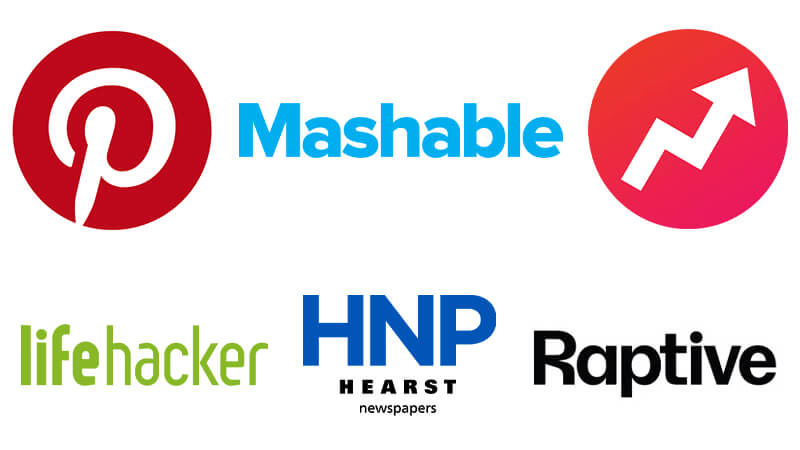
Amazon’s Sponsored Products ads are now making their way onto high-profile apps and websites, marking a notable shift in the digital advertising landscape. This new wave of ad placements includes prominent platforms such as Pinterest, BuzzFeed, Hearst Newspapers, Raptive, Lifehacker, and Mashable, with Pinterest emerging as a key player in this expansion.
What truly sets this development apart is the ability to reach potential customers much earlier in their shopping journey. These off-Amazon ad placements introduce products to users during the inspiration and discovery phase, which significantly enhances product visibility and influences buying behavior well before they even visit Amazon.
Although Amazon has initially partnered with a select group of media outlets and platforms, this move signals just the beginning of a larger rollout. As the program evolves, sellers and advertisers can anticipate broader distribution across an expanding network of sites and apps, further solidifying this as a transformative addition to Amazon’s advertising capabilities.
What will off-site Sponsored Products ads look like?
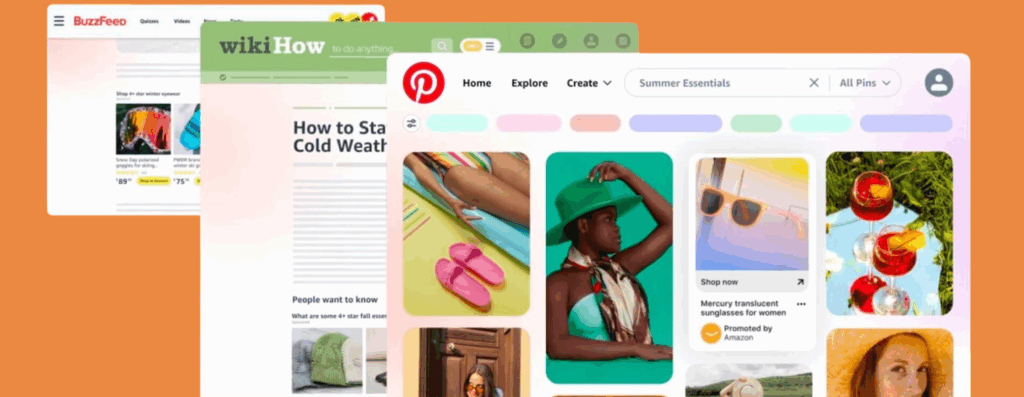
The Sponsored Products ads appearing on external websites beyond Amazon are crafted to deliver a seamless and intuitive experience for users.
These ad units are automatically created using the content from your existing Amazon listings, removing the need for manual input or custom creative work. This streamlined setup ensures advertisers can participate with minimal effort. Each ad will intelligently display key elements such as the product image, title, and crucial shopping details, including star ratings, number of reviews, and current pricing. This setup allows shoppers to instantly recognize product value and credibility, all without additional creative development from the seller’s end.
How can sellers participate?
Sellers can take advantage of this new ad placement with no additional steps required. One of the most convenient aspects of this expansion is that participation is enabled by default. Advertisers and professionals managing Amazon Sponsored Products don’t need to make any manual changes to have their products shown across external websites. The system automatically determines ad placement based on existing campaign settings, contextual relevance of the page, and the seller’s cost-per-click bids.
It’s also worth noting that these ads will only be triggered when the featured products are currently in stock and available for purchase. For sellers who prefer more control over where their ads appear, Amazon allows them to opt out of certain third-party sites or apps from their campaign distribution.
A look at the bigger picture
The rollout of Sponsored Products ads beyond Amazon’s own platform reflects a larger vision for the company’s role in the global digital advertising landscape. Based on industry projections, Amazon is expected to secure approximately 7.5% of the worldwide digital ad market in 2023, with that figure anticipated to rise to 9.2% by 2025.
Although Google and Meta (formerly Facebook) currently hold the lion’s share of this market, Amazon’s move to extend its ad reach through off-site placements introduces a new dynamic that could reshape the competitive landscape.
Interestingly, recent insights from Tinuiti reveal a year-over-year surge in Amazon’s presence within Google Shopping impressions, while other players like Walmart experienced a downturn. Should Amazon’s off-Amazon Sponsored Products strategy gain momentum, it could not only boost Amazon’s bottom line by reducing its reliance on external platforms like Google Shopping but also position the company as an even stronger rival in the digital ad space, potentially diverting ad dollars away from traditional powerhouses.
How can Sipransh Ecommgrowth help?
As a dedicated Amazon seller agency, Sipransh Ecommgrowth empowers brands to unlock the full potential of off-Amazon Sponsored Products (SP) ads through a strategic and hands-on approach.
Our process begins with crafting customized advertising plans that include in-depth keyword optimization, precise campaign configuration, and smart bidding strategies to ensure maximum visibility for your products across selected third-party platforms.
Our team leverages advanced tracking tools, data-driven analysis, and ongoing A/B testing to refine performance and elevate campaign results. We also assist in managing domain exclusions, maintaining control over where your ads appear to uphold brand integrity and relevance. With Sipransh Ecommgrowth as your partner, you gain the insight and direction needed to confidently explore off-site advertising, amplify sales, and extend your brand’s reach well beyond Amazon’s borders.
FAQs about Off-Amazon Sponsored Products Ads

1. Are off-site Sponsored Products a new Amazon ad unit?
Technically, no. These ads are a new placement type within the existing Sponsored Products ad unit.
2. What are the existing Sponsored Products placements?
Sponsored Product placements now include Product Detail Page (PDP), Top of Search, Rest of Search, and Off-Amazon. Advertisers can analyze performance across these placements using the Sponsored Products Placement Report.
3. When will off-Amazon Sponsored Products go live?
Amazon is expected to roll out off-site Sponsored Product placements gradually, starting with a testing period for selected advertisers before a broader release.
4. Do off-site Sponsored Product ads have specific campaign types?
Currently, these placements are not exclusive to any particular campaign type. They can appear for both auto and manual campaigns.
5. How is targeting for off-site Sponsored Products ads determined?
Targeting is contextual, not audience-based. The ad placement depends on the nature of each third-party site or app. Search-driven sites like Pinterest align with campaign targeting, while others evaluate page content.
6. How can advertisers set up off-Amazon Sponsored Products ads?
Advertisers running Sponsored Products campaigns in Amazon’s US marketplace will automatically have off-Amazon placements included. No additional setup is required.
7. How can I track the performance of off-site Sponsored Products ads?
You can monitor performance through the Sponsored Products Placement Report, which will now include metrics for off-Amazon placements, accessible through the advertising console and API.
8. Can I control where my Sponsored Products ads appear off-Amazon?
While there isn’t a simple switch to opt in or out, you can use placement bid modifiers to influence the budget allocation. Increasing investment in native Amazon placements reduces the proportion allocated to off-Amazon ads.
9. Can I choose specific websites or apps for my off-site ads?
Yes, Amazon offers a brand safety mechanism that allows you to opt out of specific domains and apps where you don’t want your ads to appear. This gives you more control over ad placement.
10. How effective will off-Amazon Sponsored Products placements be compared to on-Amazon placements?
Off-Amazon placements reach different audiences at different stages of the buying process. Performance metrics may differ, and advertisers need to understand how to optimize these placements effectively.
11. In which geographies are off-site Sponsored Product ads available?
Initially, these placements are available for advertisers in the US, with potential expansion to other regions in the future.
12. Do off-site Sponsored Product ads replace the Amazon DSP (Demand-Side Platform)?
No, the Amazon DSP remains a separate advertising tool. Off-Amazon Sponsored Products ads offer additional opportunities for advertisers to reach new audiences beyond the Amazon ecosystem.
Wrapping It All Up
As Amazon’s off-site Sponsored Products ads begin appearing across external digital platforms, their true impact beyond the Amazon ecosystem remains to be fully understood. The company has taken a measured approach by initially collaborating with a select few prominent publishers, which signals a cautious yet calculated entry into this new advertising frontier. This rollout could mark a turning point in how consumers discover products and how businesses advertise online.
In essence, the expansion of Sponsored Products to third-party websites is a bold step that reflects Amazon’s broader ambition to influence the entire e-commerce advertising landscape. It enhances opportunities for Amazon sellers and marketers to connect with customers in new and innovative ways. As this initiative unfolds, it holds the potential to transform digital commerce by redefining product visibility and promotional strategies. Businesses and advertisers should closely follow this trend as Amazon continues to unlock new growth channels through off-site advertising.



